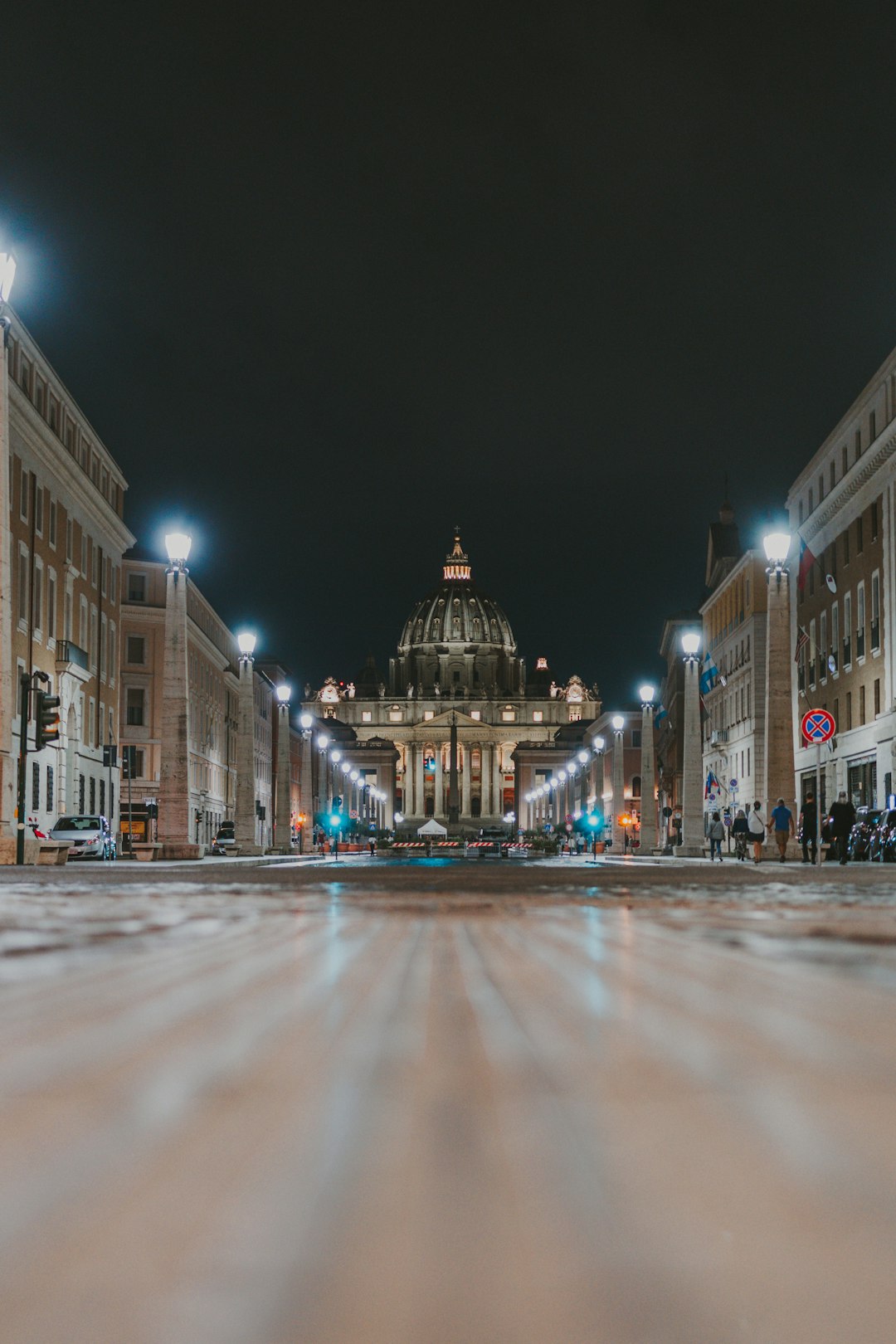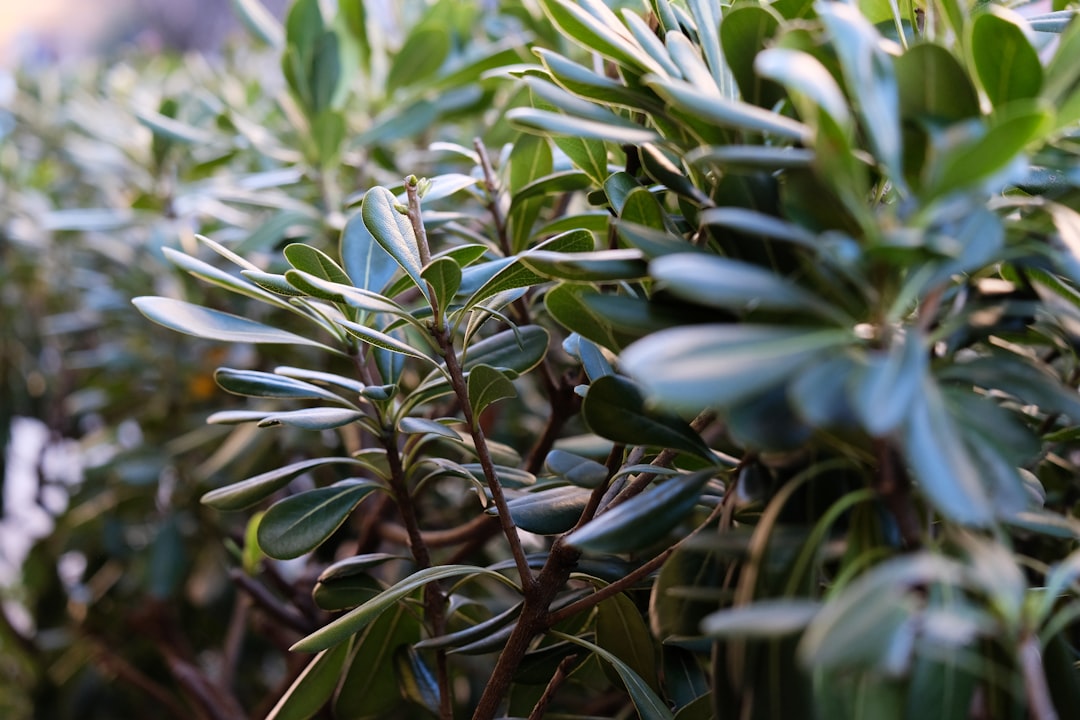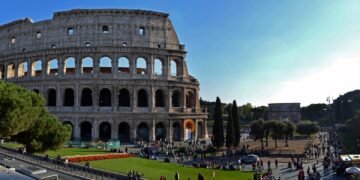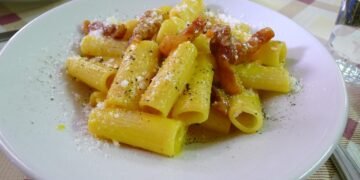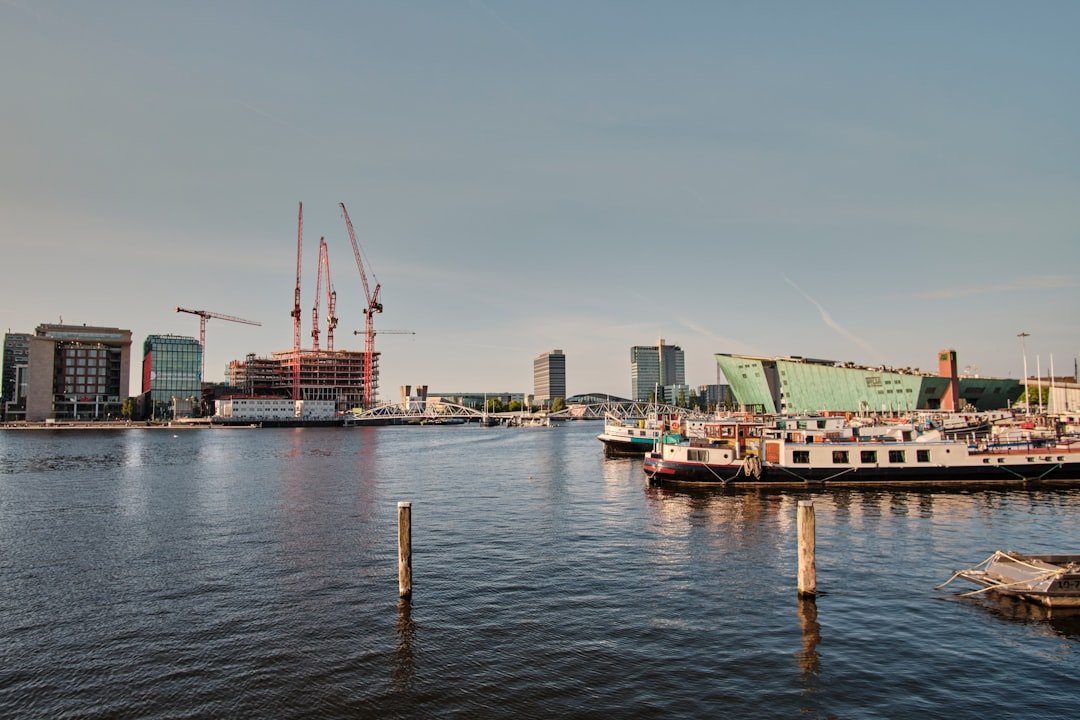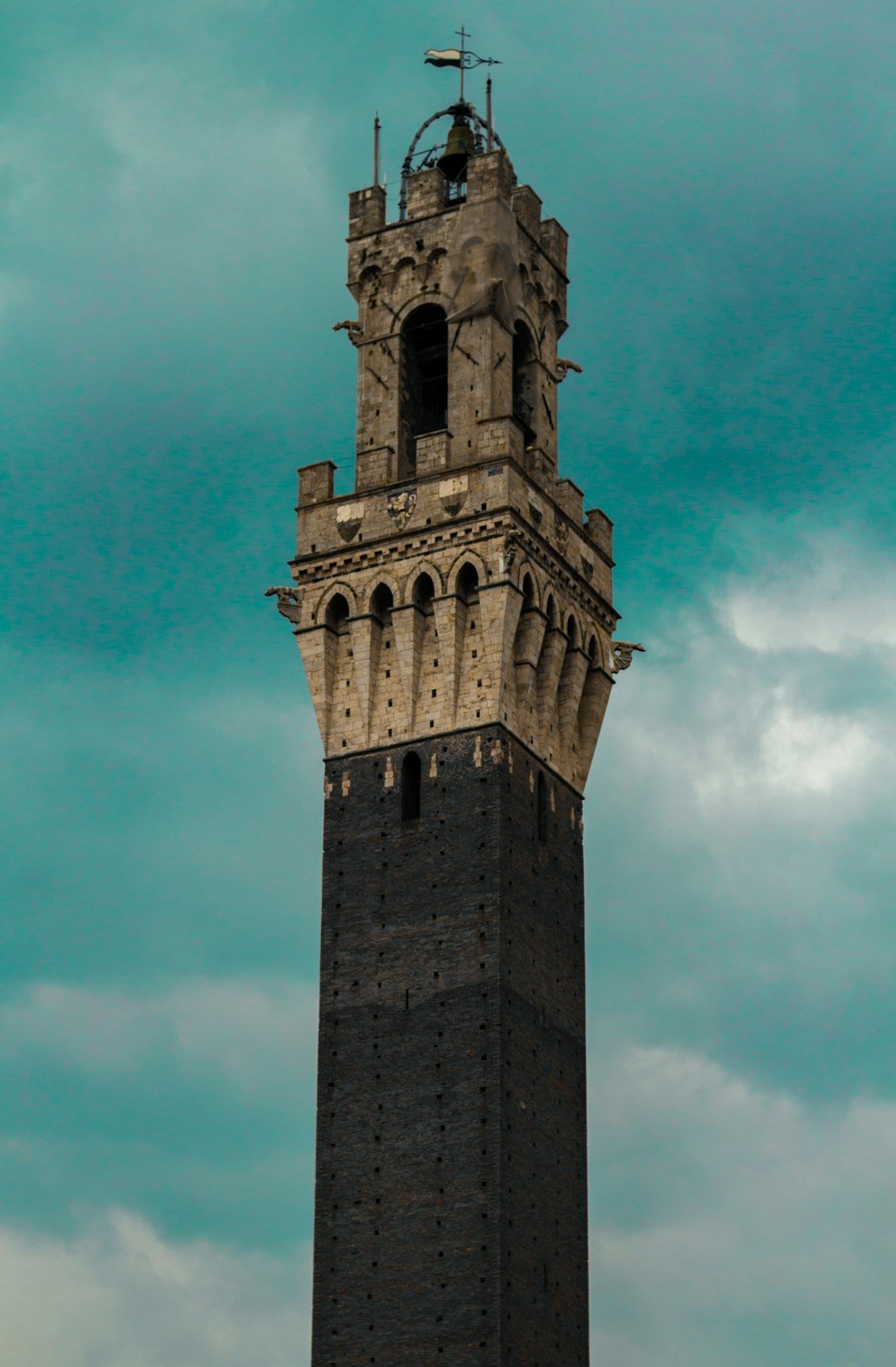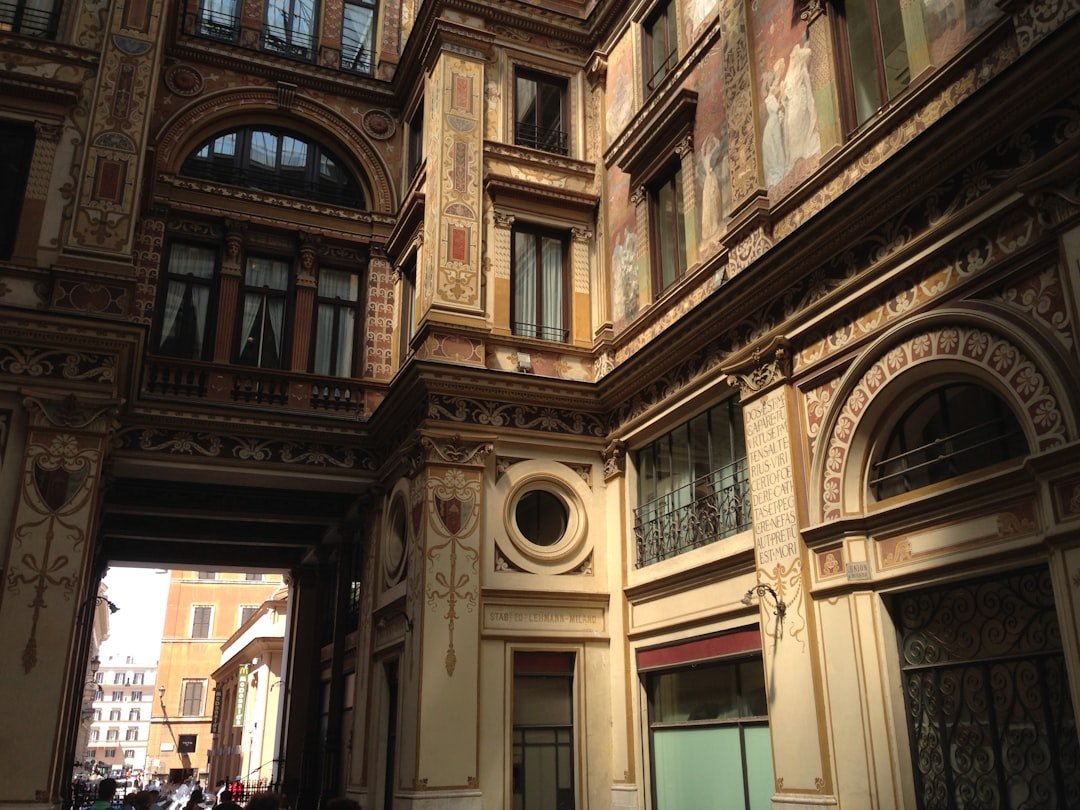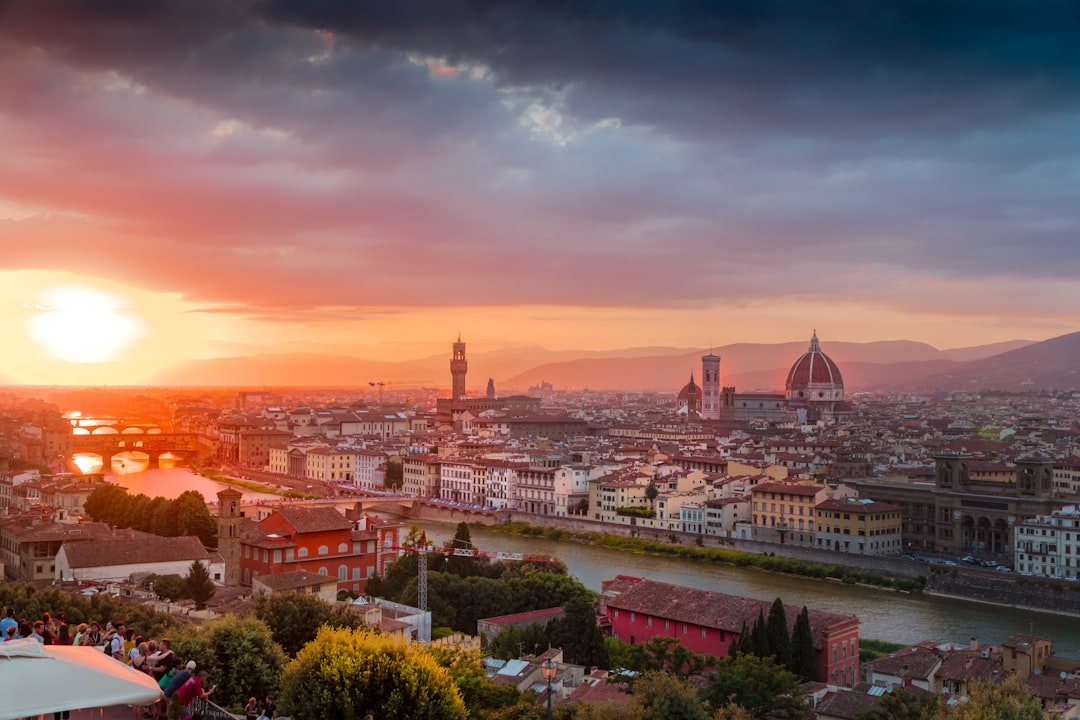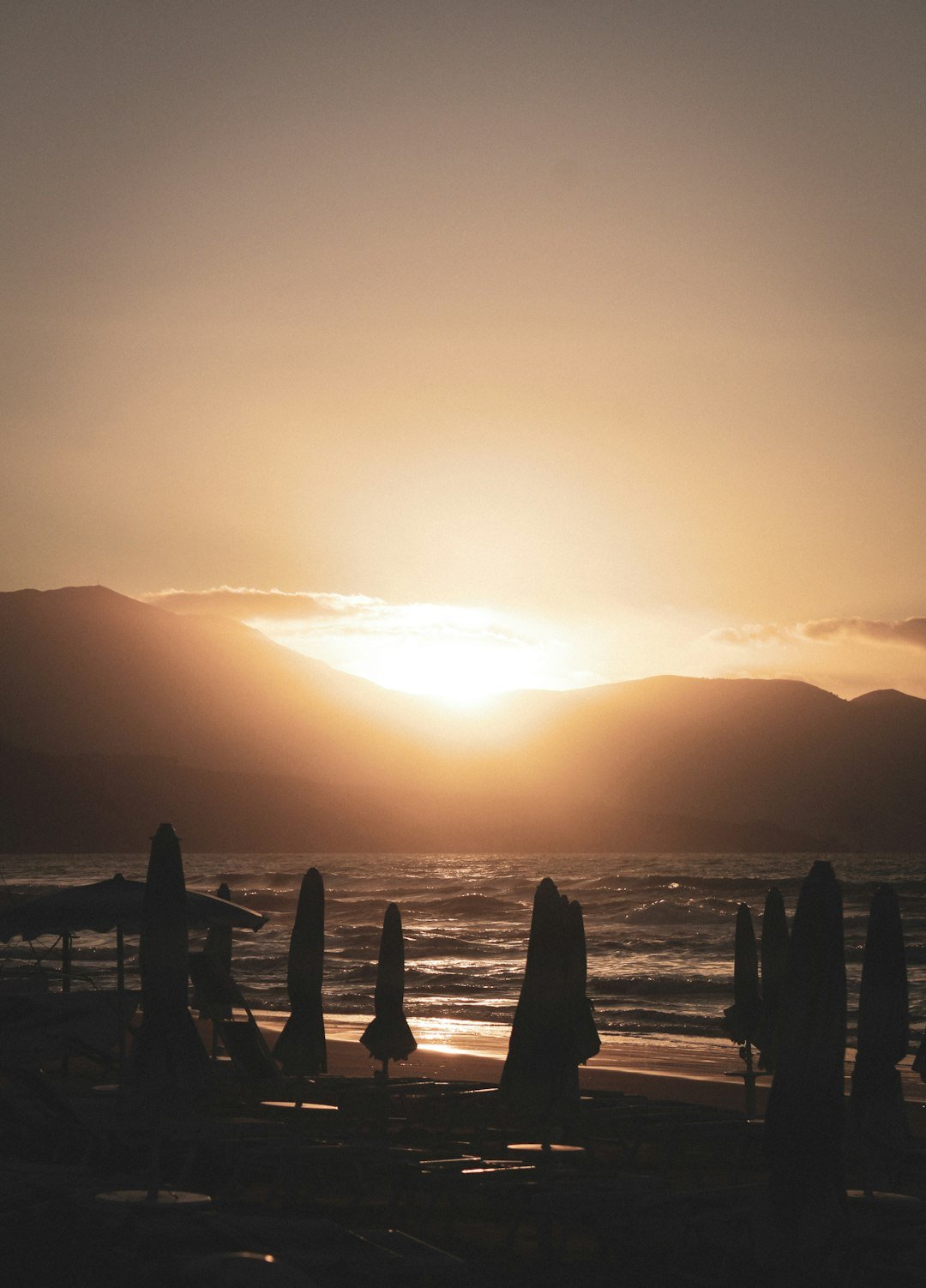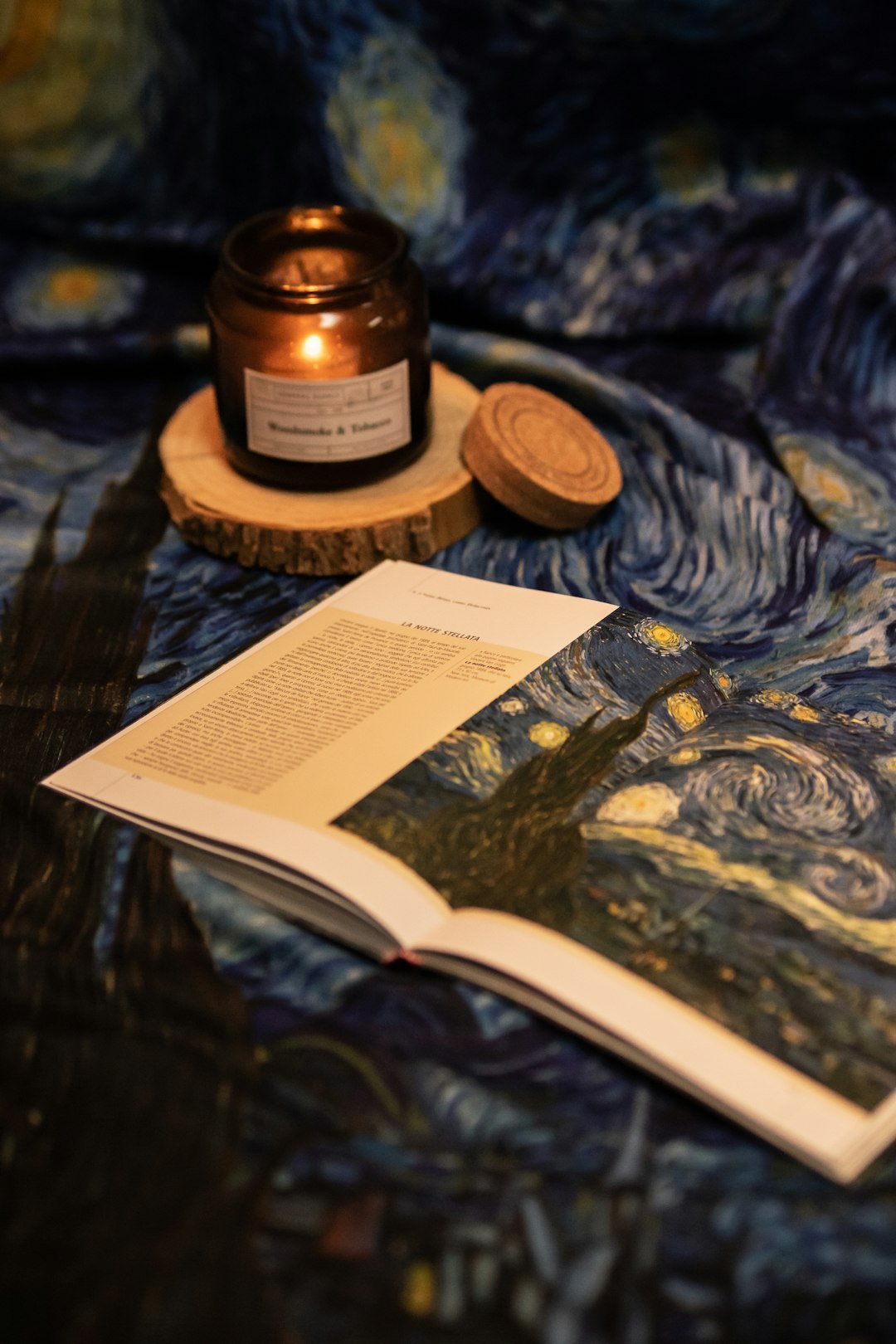How do the Landscapes of Val d’Orcia Reflect Tuscan Culture?
The rolling hills, iconic cypress trees, and historic medieval villages of Val d’Orcia have long been symbols of the rich Tuscan culture. This breathtaking and picturesque region truly reflects the Tuscan heart and soul, a powerful emblem of the region’s history and lifestyle. It offers a marvelous image of how landscapes can evoke a specific cultural and historical ambiance.
Val d’Orcia and Tuscan Culture: An Unbreakable Bond
Painted exquisitely by nature’s finest artist, the Val d’Orcia landscape has long served as a postcard representation of Tuscan culture. It is here, amidst the vibrant poppy fields and iconic rolling hills, where one can truly experience the essence of Tuscan culture, characterized by simplicity, tradition, and unity with nature.
The Rich Agricultural Tradition
Val d’Orcia’s terrain is primarily agricultural, reflecting centuries-old Tuscan farming traditions. Grapevines, olive groves, and fields of wheat and sunflowers stretch as far as the eye can see. The agriculture of the region is intrinsically linked to its culture, with local produce dictating the rhythm of life.
| Key Crops | Importance to Tuscan Culture |
|---|---|
| Grapes | The seductive Sangiovese grape enriches the famed Brunello di Montalcino and Vino Nobile di Montepulciano wines, respected globally for their excellent quality. Winemaking courses through the veins of Tuscan locals, with grape harvests (vendemmia) highlighting the social calendar each year |
| Olives | The silvery-green leaves of the olive trees dot the landscape, their fruit providing the rich, golden liquid essential in Tuscan cuisine. Olive oil is a staple, used generously for dressings and cooking. The olive harvest (raccolta) is another important time in the Tuscan calendar. |
| Wheat | The Val d’Orcia region’s wheat fields contribute significantly to the production of bread and pasta, forming the basis of many traditional Tuscan meals. |
Rural Architecture and Urban Planning
The medieval hilltop towns and villages that dot the Val d’Orcia landscape are a testament to the distinctive urban planning typical of Tuscan culture. One can observe the architectural harmony between the built and natural environments in settlements like Montalcino, Pienza, Montepulciano, and Siena. The rustic farmhouses and harmoniously clustered buildings equip the natural setting with a sense of history that touches every observer.
Influence of Culture on Val d’Orcia Landscapes
One cannot discuss the Val d’Orcia landscapes without referring to the intimate bond they share with Tuscan culture. The influence is clearly evident in the cultivated fields, the shapes of settlements, and often in many works of art.
Influence on Agriculture
The Tuscan cultural relationship with the land has carved the faces of the Val d’Orcia landscapes for centuries. The way people have managed and shaped the land for agricultural practices has sculpted a bucolic panorama that feeds the body and soul alike.
Influence on Art and Literature
In addition to agriculture, the Val d’Orcia landscapes have also had a profound influence on art and literature, often serving as an inspiring backdrop for many notable works. These landscapes have shaped a significant part of the cultural and artistic history of Tuscany and beyond.
Conclusion
The Val d’Orcia does not merely represent Tuscan culture; it is an active participant that shapes, influences, and carries it. From the agricultural practices rooted in the fertile soil to the architectural excellence nestled in its rustic villages, the landscape of Val d’Orcia is a beautiful testament to all things quintessentially Tuscan.
The Val d’Orcia as an embodiment of Tuscan Traditions
The Val d’Orcia, a UNESCO world heritage site, is a testament of the strong bond between the Tuscan people and their land, which reflects through the harmonious interaction between nature and human habilitation over centuries. As an epitome of Tuscan culture, this region demonstrates the importance of maintaining and demonstrating respect towards one’s surroundings.
The sway of agricultural activities
A walk through the enchanting landscapes of Val d’Orcia reveals a picture that is moderately untouched since medieval times. The lands are meticulously cultivated and adorned with vineyards and olive groves, indicative of Tuscan culture’s agrarian roots. The region boasts of growing coveted Tuscan products like pecorino cheese, honey, and the world-renowned Brunello di Montalcino wine.
| Product | Region |
|---|---|
| Pecorino cheese | Val d’Orcia, Tuscany |
| Honey | Val d’Orcia, Tuscany |
| Brunello di Montalcino wine | Val d’Orcia, Tuscany |
Arrangement of Villages
The strategic positioning of villages and farmhouses on the Val d’Orcia’s hilltops and valleys suggests a deep understanding and respect for nature among the people of Tuscany. This is evident in the minimal alteration of the natural landscape for settlement purposes. Distinctive Tuscan architecture decorating the valley is another reproduction of the region’s culture, showcasing simple building designs known for their sturdy stone builds, wooden beams and terracotta tiles.
The Role of the Landscapes in Tuscan Festivities
True to the Tuscan spirit, the region’s traditional festivals bear witness to the intrinsic relationship between the Val d’Orcia landscape and the local culture. One such event is ‘Festa della Valle’, an annual celebration of harvest in Pienza, renowned for its pecorino cheese production. The festivities typically involve feasting on local cuisine, folk music, and dance, thereby paying homage to the bountiful lands.
Val d’Orcia – A Muse for Artists and Writers
The captivating beauty of Val d’Orcia has long served as an inspiration for many Renaissance artists and contemporary creatives. It is depicted in the art and literature of Tuscany. The landscape’s commanding influence and its representation in various art forms underscore the significance of Val d’Orcia as a stronghold of Tuscan culture.
In conclusion, the landscapes of Val d’Orcia are more than a geographical terrain; they are the canvas that narrates the captivating tale of Tuscan heritage and presents an enduring testament to Tuscan culture.



